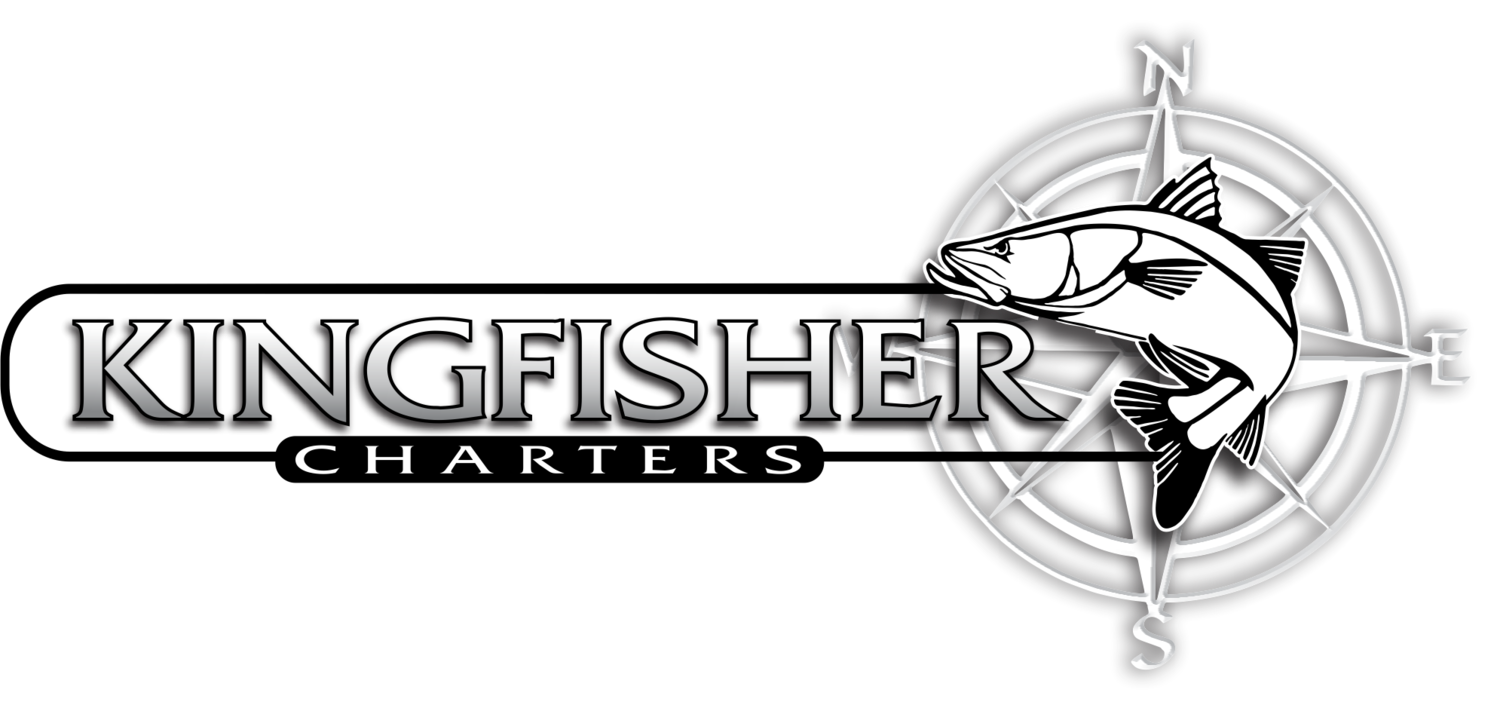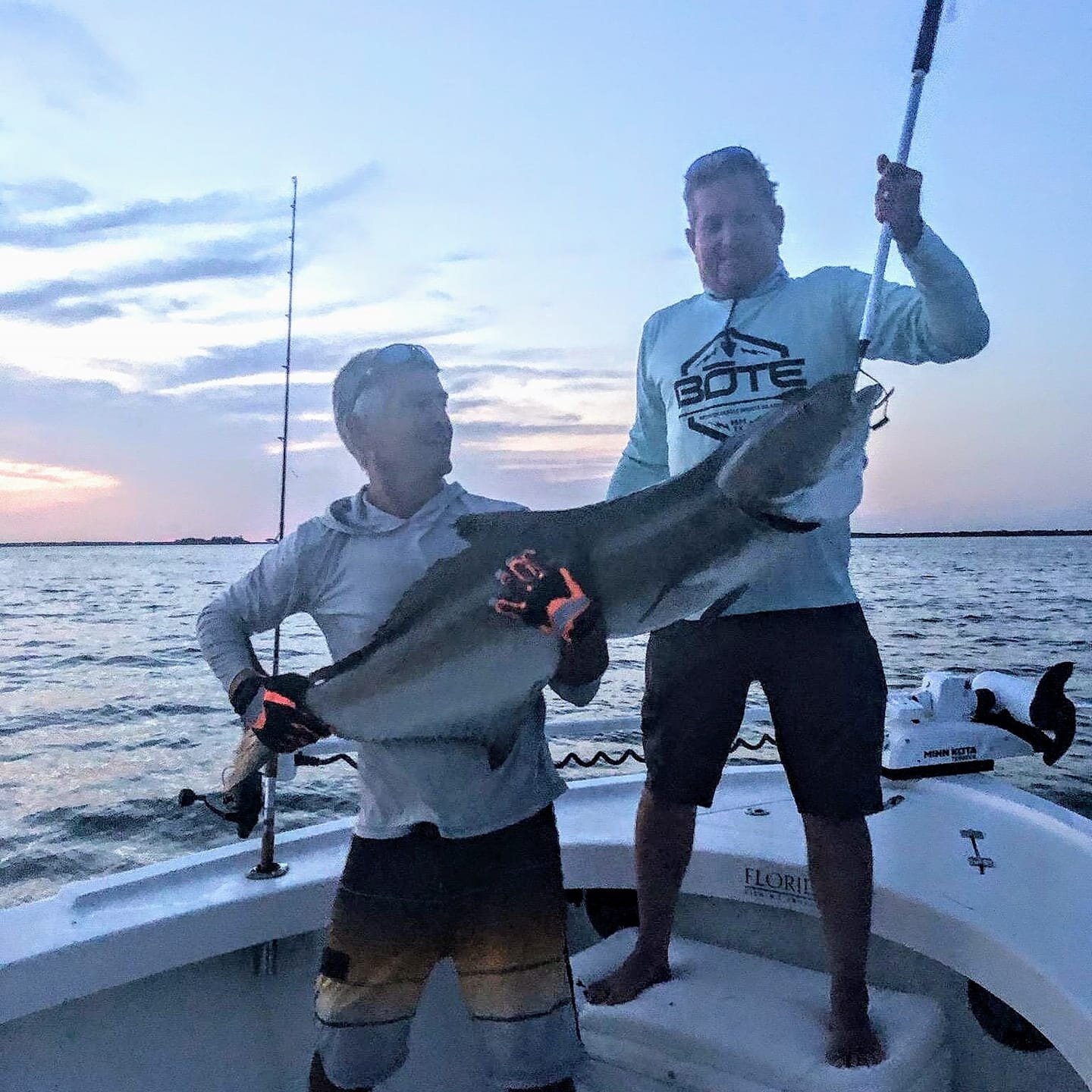Florida’s southwest coast is a hotbed of marine activity in the summer months. The nearshore zone, from the surf line out to roughly nine miles offshore, is alive with fish, feeding frenzies, spawning activity, and fast-moving predator-prey interactions. For anyone interested in saltwater fishing, summer is a peak window to access a wide range of species in relatively shallow, accessible waters. This is not just a casual beach fishing opportunity. It is a full-sensory immersion into one of the most vibrant marine ecosystems in the continental U.S.
With or without a charter, understanding the fish, the season, the strategies, and the value of the experience will make all the difference.
What Counts as Nearshore in Southwest Florida?
In this region, “nearshore” refers to the waters between the beach and the federal waters boundary, about 9 nautical miles out. Fishermen typically target structures such as natural limestone outcroppings, artificial reefs, ledges, rock piles, and wrecks in depths from 10 to 80 feet. These waters are shallow enough to avoid long offshore runs, but deep and dynamic enough to hold a wide variety of species. Many are highly prized for their taste, their fight, or both.
Species to Target in the Summer
Mangrove Snapper
Appearance: Dark brown to gray with reddish hues and a distinct dark stripe from the snout through the eye (fades when excited).
Average Size: 10–15 inches nearshore, sometimes up to 20 inches.
Behavior: Aggressive feeders around structure, especially active during night and low-light hours.
Why They Matter: Excellent eating, widely available, and often eager to strike.
Mangrove snapper, also known as gray snapper, form large schools on reefs and ledges and feed on small fish, crustaceans, and squid. These fish can become wary in clear water, so light fluorocarbon leaders and natural presentations help. Live bait, cut bait, and small soft plastics are all productive.
Spanish Mackerel
Appearance: Slender, silver bodies with yellow spots and a sharply forked tail.
Average Size: 1–3 pounds, with some fish pushing 5 pounds in strong schools.
Behavior: Fast-moving predators that hunt in large schools and chase baitfish at high speed.
Why They Matter: Hard-hitting, fast-paced fishing that delivers nonstop action.
Spanish mackerel offer a visual thrill in summer. They crash bait balls near the surface and can be taken with small spoons, jigs, and flashy plugs. Wire leaders are essential to prevent cut-offs from their sharp teeth. They are often the first sign that a reef or ledge is loaded with bait and activity.
Permit
Appearance: Deep-bodied and silver with long, pointed dorsal and anal fins and a slightly forked tail.
Average Size: 10–20 pounds nearshore, sometimes more.
Behavior: Powerful, selective feeders that patrol structure and favor live crabs.
Why They Matter: Permit are sought after for their strength and rarity nearshore.
During the summer, permit congregate around reefs, wrecks, and rock piles. Their peak spawning coincides with the full moon, and they can be especially responsive to well-placed live crabs or jigs during tide changes. These fish demand precision but reward the effort with powerful, drawn-out fights.
Cobia
Appearance: Long, torpedo-shaped fish with a flat head and brown coloration.
Average Size: 20–50 pounds, occasionally less nearshore.
Behavior: Often seen around structure or cruising open water, sometimes trailing stingrays or turtles.
Why They Matter: Strong fighters with rich, flavorful meat.
Cobia are curious and opportunistic. They respond to a variety of live baits, eels, and even topwater plugs. When spotted near the surface, quick and accurate casting is important. Once hooked, cobia put up an intense, sustained fight and are known for multiple runs and head shakes.
Gag Grouper
Appearance: Stocky, with a brownish-gray body and darker mottled blotches.
Average Size: 5–15 pounds nearshore; 24-inch minimum size for harvest.
Behavior: Bottom-dwelling ambush predators with short, violent bursts of power.
Why They Matter: High culinary value and strong challenge on the rod.
Gag grouper move closer to shore in summer and become more accessible to small boats and short trips. They strike live bait with force and immediately try to return to cover. Strong rods, tight drag, and quick reactions are necessary to turn these fish before they escape into structure.
Other Common Summer Catches
Jack Crevalle: Surface-oriented, extremely aggressive, and known for their brute strength.
Barracuda: Razor-sharp teeth and explosive strikes make them a serious surprise on light tackle.
Tarpon: Present in certain nearshore passes during migration, though generally found inshore.
Sharks: Blacktips, spinners, and Atlantic sharpnose are frequently encountered on reefs and wrecks.
Seasonal Weather Patterns and How They Affect Fishing
Southwest Florida’s summer fishing conditions are shaped by heat, rain, and the tropical rhythm of the Gulf.
Morning Bite: Most trips leave early to take advantage of cooler temperatures and avoid afternoon storms.
Tidal Influence: Full and new moons bring stronger tides that often stimulate feeding, especially around structure.
Water Clarity: Afternoon rains and runoff can push baitfish out of inlets and into clearer nearshore water, followed by predators.
Storm Activity: Afternoon thunderstorms with lightning are common. Trips are safest and most productive in the early morning hours.
Air temperatures in July and August often exceed 90°F, and water temperatures are consistently in the mid-80s. While these conditions limit mid-day fishing comfort, they activate certain species, especially those that thrive in warm, oxygen-rich water near moving current.
How to Prepare for a Nearshore Trip
A good nearshore outing begins with smart planning and the right equipment. These trips are accessible, but the Gulf is not a place to be under-prepared.
Tackle: Medium-heavy spinning and conventional rods paired with 30–50 lb braid are ideal. Match leaders to target species and water clarity.
Terminal Gear: Circle hooks (inline, per regulations), egg sinkers, swivels, wire leaders, and jig heads should be part of any kit.
Bait: Live shrimp, pinfish, threadfin herring, scaled sardines, squid, and crabs cover most targets.
Boat Gear: GPS, bottom machine, anchor or trolling motor, and plenty of ice for fish storage are essential.
Essentials: Sun protection, polarized sunglasses, breathable long-sleeve shirts, hydration, and snacks all contribute to a safer, more enjoyable day.
For those going with a guide, much of the tackle and licensing is provided. However, bringing your own polarized glasses, a hat, and enough water cannot be overstated. Heat exhaustion is a real risk in the Gulf sun, especially in July and August.
More Than Just the Catch
Fishing nearshore in southwest Florida during the summer is shaped by rhythm, pressure, and timing. Tides shift, bait moves, and something always stirs beneath the surface. Each trip becomes a sequence of decisions and reactions: drop a bait here, cast ahead of a shadow, ease into a drift over structure. The fish are only part of it. What builds around them is a sense of motion, a full day spent watching the Gulf breathe and change.
The water sets everything in motion. A reef lights up at dawn. A ledge holds tight to grouper until the current turns. Even in silence, the Gulf carries tension that keeps you tuned in. Fishing nearshore becomes a way to track the season by feel, by movement, and by what shows up when everything falls into place. Book your nearshore trip with KingFisher Charters and step into the pattern while the water is still alive with summer.




